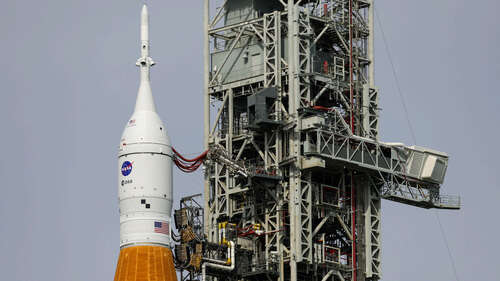
Blue Origin, the space exploration company founded by Jeff Bezos, uses the BE-4 in its spacecraft, an oxygen-rich, liquefied natural gas (LNG) staged combustion engine that’s able to produce 2,400 kilonewtons of lift at sea level. Unlike other rocket engines, which often utilize a highly refined version of kerosene called Rocket Propellant-1 or Refined Petroleum-1 (RP-1), Blue Origin opted for LNG for its cleaner combustion characteristics.
The Blue Origin BE-4 is used as the United Launch Alliance’s (ULA) Vulcan rocket’s main engine and also powers New Glenn’s reusable booster. The ULA’s Vulcan Centaur launched its first flight on January 8, 2024, from Cape Canaveral, Florida, and two BE-4 engines helped launch the rocket into space with nearly two million pounds of thrust. Though issues with the moon lander prevented it from making contact with the lunar surface, it proved the ability of the BE-4 on a modern rocket.
The BE-4 also powers the booster for Blue Origin’s New Glenn heavy-lift rocket. New Glenn stands 322 feet tall and can haul 50 tons of material into Earth’s low orbit. The rocket will be powered by seven BE-4 engines to provide the additional thrust required for the heavier rocket. The scheduled launch for the New Glenn is currently August 2024.

